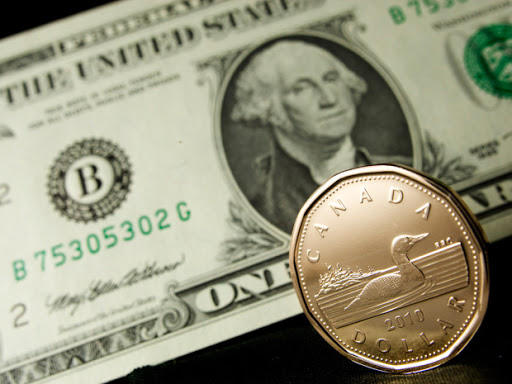
Economic Outlook and Summary
The outlook for global interest rates and the equity market reaction to tighter policy will drive US dollar direction. Two of the “Big Three” central banks (Bank of England, Federal Reserve) kicked off 2022 with a rate hike or in the case of the Fed, the promise of a series of rate hikes beginning in March. The European Central Bank is not on board and left its monetary policy and outlook unchanged from December. The Bank of Canada promised “a rising path for interest rates.” Data impacting inflation will be a major focus as will ongoing geopolitical tensions.
The USD and Federal Reserve
The US economy, and by default the US dollar, will benefit from the fading impact of Covid and the Omicron variant. The American economy has achieved “full employment,” and Fed Chair Jerome Powell admitted that inflation has risen faster than he anticipated. Giving rise to speculation about five rate hikes in 2020. The Fed is universally expected to raise interest rates in March and a host of policymaker comments have some analysts warning the hike could be 0.50%. The Fed is also opening discussions on reducing its bloated balance sheet which will underpin interest rates.
The Canadian Dollar and Bank of Canada
The Canadian dollar should find some support due to anticipation that the Bank of Canada (BoC) hikes interest rates in March. The BoC issued a hawkish monetary policy statement that warned interest rate will need to increase. Governor Tiff Macklem took it a step further saying that emergency monetary measures needed to support the economy during the pandemic are not longer needed. He added that Canadians should expect a rising path for rates. Canadian dollar traders will be focusing on inflation and other economic data for clues as to how high rates will rise and if the increases will outpace those Januarys the Fed.
The Canadian dollar is likely to trade in a USDCAD range of 1.2450-1.2850 range in February, which is almost identical to Januarys.
Oil Prices
The Canadian dollar is having a “love-hate” relationship with oil prices. The last week of January saw the Canadian dollar sinking even as crude prices rose, but that was likely due to month-end portfolio rebalancing flows. Opec will increase crude production by 400,000 barrels/day as previously announced, however, that increase is expected to be offset by renewed demand as covid restrictions ease. Geopolitical tensions around the Ukraine and from the Middle East will continue to underpin prices which provide another layer of support for the Canadian dollar.
Leave a Reply